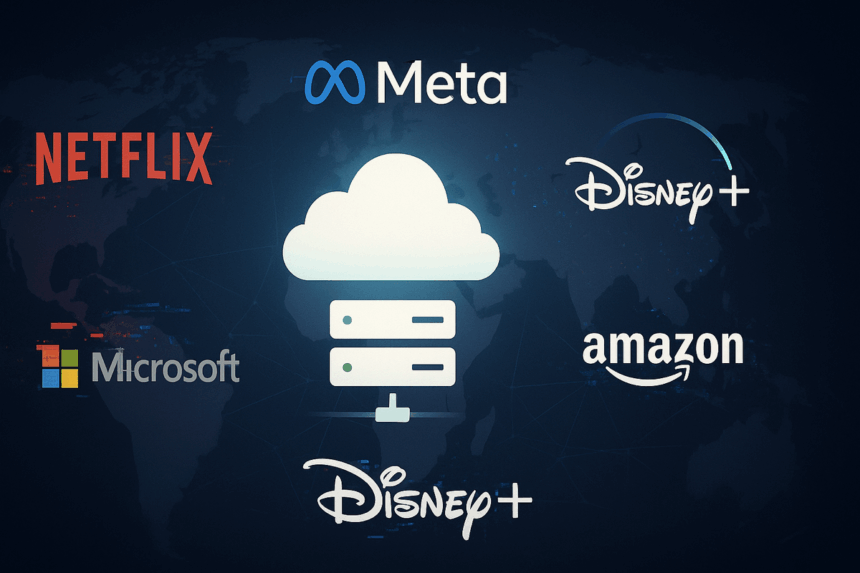Cloud Disruption Sends Shockwaves Across the Web
The global internet starts stabilizing after a major outage caused by Amazon Web Services (AWS). Early Monday, users around the world report disruptions on platforms including Snapchat, Disney+, Reddit, Coinbase, and Slack, as well as Amazon’s own products such as Alexa, Prime Video, and Ring.
By mid-morning, AWS engineers confirm that most systems show “significant signs of recovery.” Yet many platforms continue experiencing delays as services work through backlogged requests. The outage affects both consumer and business infrastructure, an indicator of dependent the internet is on Amazon’s vast cloud network.
What’s Happening & Why This Matters
The Worldwide Ripple Effect
According to Down Detector, issues first appear around 8 a.m. UK time (3 a.m. ET), heavily impacting AWS’s US-EAST-1 region in Northern Virginia — the same data hub responsible for some of the most used internet services on Earth.
AWS later identifies the cause as a Domain Name System (DNS) failure, which temporarily interrupts traffic routing and prevents applications from accessing essential resources. The company issues an update stating:
“Most operations have returned to normal, but some requests may be throttled while we work toward full resolution.”
Affected platforms include Slack, Snapchat, Canva, Venmo, PlayStation Network, and Fortnite. Even U.S. telecoms like AT&T, Verizon, and T-Mobile saw partial slowdowns in their mobile and 5G networks.
Across Europe, reports come in from users of Lloyds Bank, Halifax, and HMRC, where internal systems briefly go offline. By mid-day, Amazon confirms “global recovery” across services connected to its U.S. East infrastructure.
Cloud Dependency
AWS powers nearly one-third of global cloud operations, hosting millions of corporate clients and government systems. When its services falter, entire segments of the internet go dark.
Dr. Corinne Cath-Speth, head of digital at ARTICLE 19, warns that the event “underlines the danger of concentrating digital infrastructure in too few hands.”
Her concern reflects a growing call from academics and policy experts for cloud diversification. Concentrated infrastructure introduces systemic risk — a single fault in Virginia can ripple across continents, disrupting daily operations for millions.
Similarly, Rafe Pilling, director of threat intelligence at Sophos, rules out a cyberattack but stresses how a simple IT failure can have enormous impact:
“AWS’s footprint is vast. Any internal issue, even a technical misconfiguration, can cause a global cascade.”
Engineers Restore the Web
AWS teams act quickly, isolating the DNS issue and initiating system repairs. By 10:30 a.m. UK time, engineers report “steady recovery” across all regions.
The UK government confirms contact with Amazon to monitor the outage, citing its incident-response protocols. A government spokesperson states:
“We are aware of an incident affecting Amazon Web Services. We remain in contact with the company as they restore services as quickly as possible.”
While most systems now operate normally, the incident sparks renewed debate over digital resilience and infrastructure sovereignty.
TF Summary: What’s Next
The AWS outage reinforces a truth the world keeps rediscovering — the internet’s backbone relies too heavily on a few cloud leaders. As recovery normalizes, companies and governments reassess their multi-cloud strategies and regional redundancy plans to limit exposure.
MY FORECAST: I foresee intense scrunity in Europe, North America, and Asia of centralized data hosting. Cloud operations’ diversification and transparency are necessities, not best practices. But, will they come or will the proverbial can only get kicked down the road?
— Text-to-Speech (TTS) provided by gspeech


